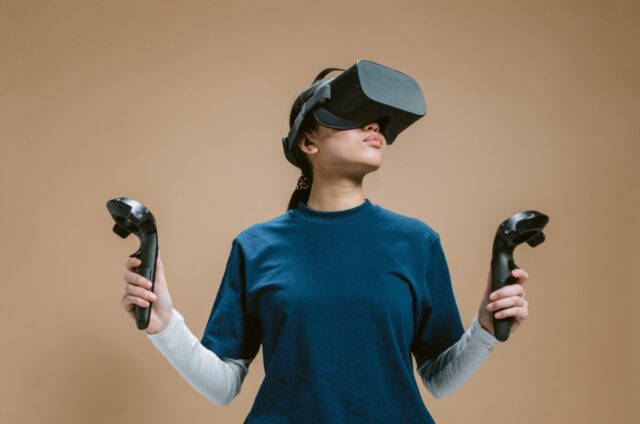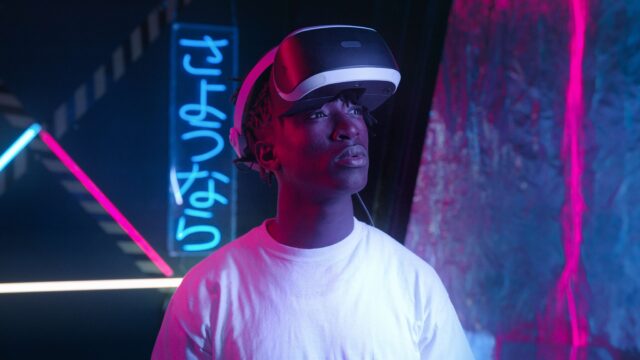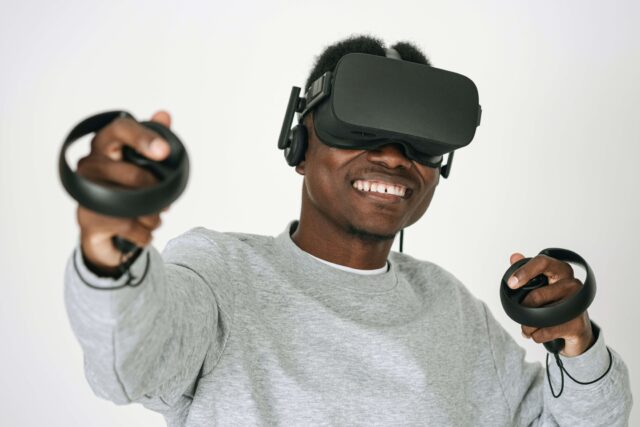
In both professional and personal situations, we are frequently asked where the ideal place to begin with virtual reality is. Some people have a rudimentary understanding of technology but are unaware of the most current devices on the market. People often understand the primary headsets on the market but often have trouble grasping some of the VR concepts and vocabulary. We’ll go through the top ten things you should know in this article.
Virtual reality, commonly known as VR, is a technology that employs a headset to generate visuals, sounds, and other cues that give the user the impression that they are in a virtual environment. A virtual reality headset allows users to move their heads and observe the virtual world as if it were real. VR environments can be made to appear realistic or science fiction. Virtual reality was initially mentioned in a book released in 1938 and again in a science fiction novel published in 1982.
The sector is becoming big business, with large companies investing millions of pounds into it. Soon you will be able to enjoy a live event or concert through a virtual reality headset, or maybe you could enjoy a live game of MeccaBingo as if you were there in the bingo hall. The possibilities are endless. However, for the purpose of this article, we will focus on the facts related to the gaming industry. So, without further ado, we give you the top ten things you need to know about virtual gaming.

- The first VR headset, dubbed the ‘Telesphere Mask’ by inventor Morton Heilig, was invented in the 1960s.
- In the 1980s, Jaron Lanier built the EyePhone 1/HRX, a virtual reality system that cost up to $49,000 for the goggles and gloves.
- The global virtual and augmented reality market is predicted to be worth $16.8 billion, with a potential value of $160 billion by 2024. The growth of the AR and VR industries is expected to accelerate in the future years!
- Approximately 75% of Forbes’ World’s Most Valuable Brands have developed a virtual reality (VR) or augmented reality (AR) experience. In addition, many of them are working on creating these technologies for their own use. It’s worth mentioning that this research was conducted in October of 2015. Today, we believe the number is substantially more significant.
- PlayStation VR is one of the most popular VR headsets on the market today (PSVR). However, it was developed in secret by a small group of Sony engineers in a lab, and managers were unaware of it until it was finished.
- According to a recent study, just 2 minutes of exposure to VR content improved consumer knowledge and interest in the technology. After a brief educational session, slightly more than half of the viewers said they were more likely to buy or utilize VR technology.
- Startup company Varjo is revolutionizing things with a new headset. Because it operates in the same way as the human eye, creating a Bionic display allows you to see VR as clearly as you see the actual world.
- The high cost of the gear is the main stumbling block to widespread VR adoption. High-end VR app users are more inclined (54%) than budget or mid-range VR app users, to believe that hardware costs are the determining factor in preventing more consumers from adopting VR (50%).
- Virtual reality was thought to be dead for all practical purposes until 2012 when a small-scale developer called Oculus VR, launched a Kickstarter campaign to gather $250,000 to produce the Oculus Rift, a current yet affordable VR device. Following its exceptional success, Facebook purchased Oculus for $2 billion.
- VR has the most gaming potential, according to 64% of VR users. Over two-thirds of consumers said gaming will benefit the most from VR technology in a virtual reality survey. This could reflect the VR industry’s progress thus far, with the technology’s potential not being as widely acknowledged as it is in other fields.













